U.S. National Intelligence Council presented the “Global Trends 2040: a more contested world” report. Authors of the report constructed five scenarios for alternative worlds in the year 2040.
1. Renaissance of Democracies
In Renaissance of Democracies, the world is in the midst of a resurgence of open democracies
led by the United States and its allies. Rapid technological advancements fostered by public-private partnerships in the United States and other democratic societies are transforming the global economy, raising incomes, and improving the quality of life for millions around the globe.
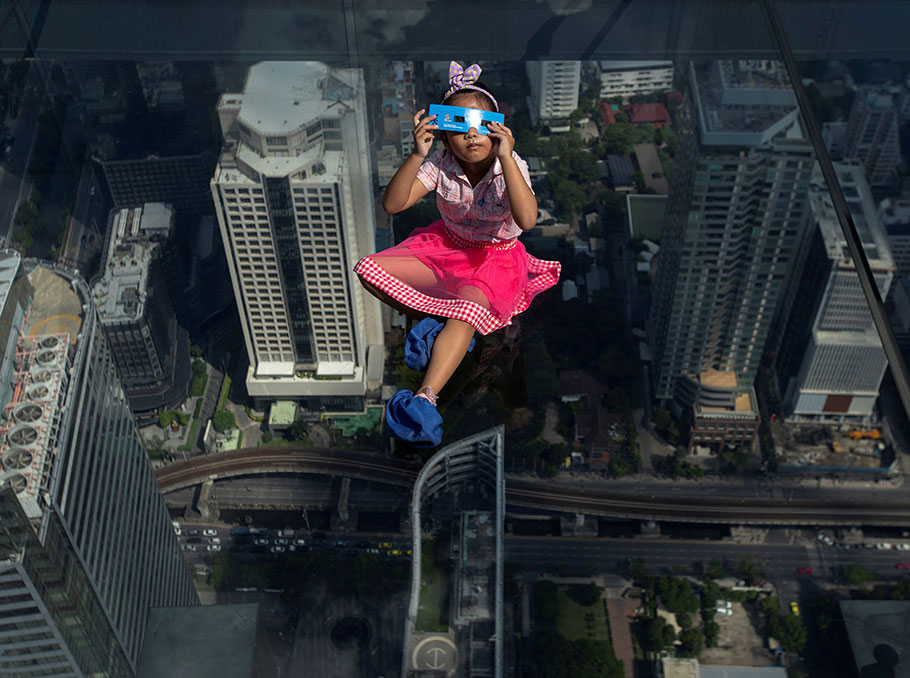
Photo: REUTERS
The rising tide of economic growth and technological achievement enables responses to global challenges, eases societal divisions, and renews public trust in democratic institutions. In contrast, years of increasing societal controls and monitoring in China and Russia have stifled
innovation as leading scientists and entrepreneurs have sought asylum in the United States
and Europe.
2. A World Adrift
In A World Adrift, the international system is directionless, chaotic, and volatile as international
rules and institutions are largely ignored by major powers like China, regional players, and nonstate actors. Organization for Economic Cooperation and Development (OECD) countries are plagued by slower economic growth, widening societal divisions, and political paralysis.
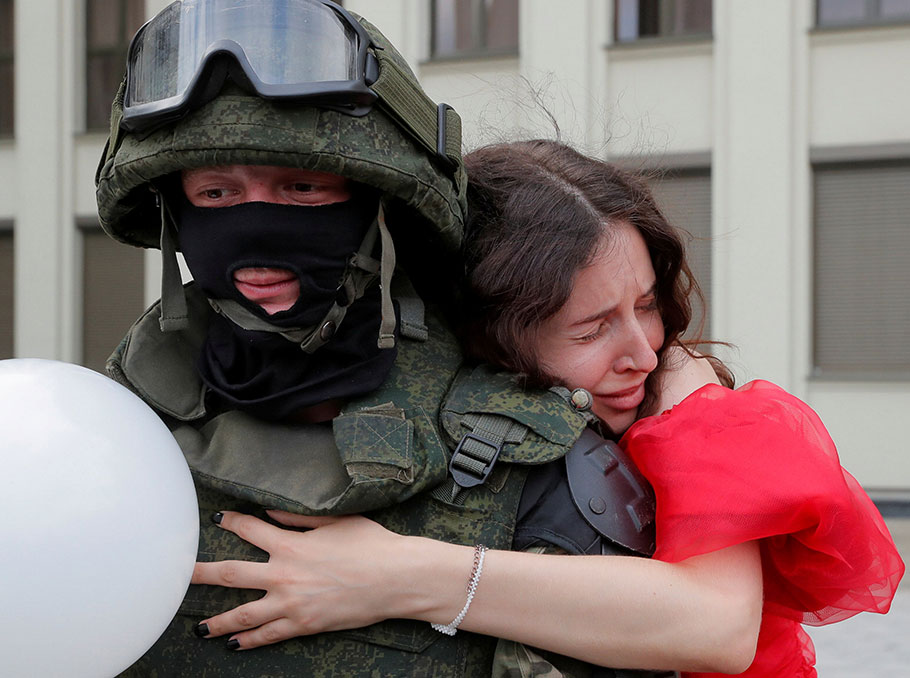
Photo: REUTERS
China is taking advantage of the West’s troubles to expand its international influence, especially in Asia, but Beijing lacks the will and military might to take on global leadership, leaving many global challenges, such as climate change and instability in developing countries, largely unaddressed.
3. Competitive Coexistence
In Competitive Coexistence, the United States and China have prioritized economic growth and restored a robust trading relationship, but this economic interdependence exists alongside competition over political influence, governance models, technological dominance, and strategic advantage.
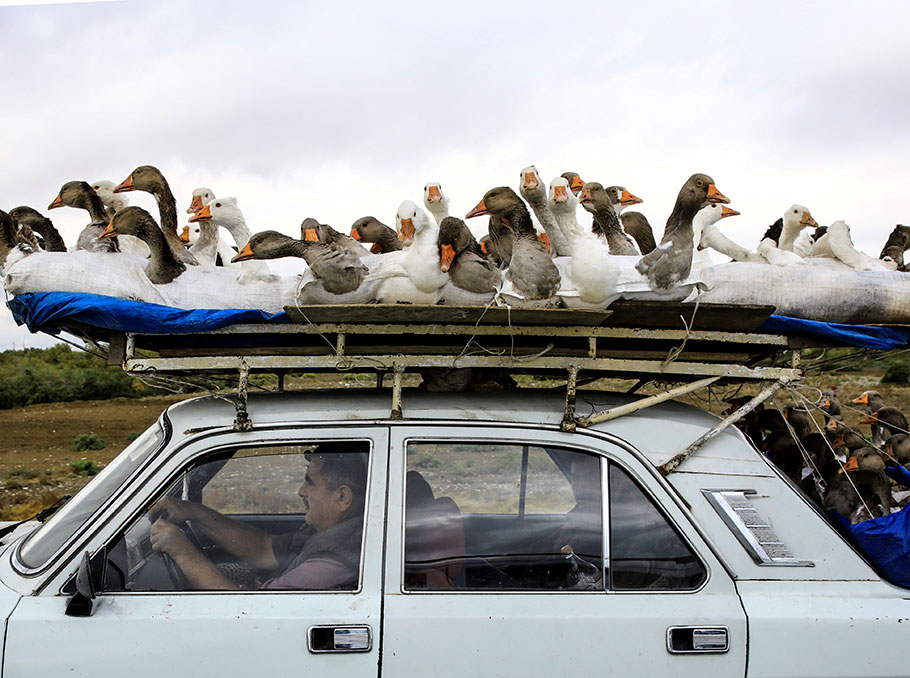
Photo: REUTERS
The risk of major war is low, and international cooperation and technological innovation make global problems manageable over the near term for advanced economies, but longer term climate challenges remain.
4. Separate Silos
In Separate Silos, the world is fragmented into several economic and security blocs of
varying size and strength, centered on the United States, China, the European Union
(EU), Russia, and a couple of regional powers; these blocs are focused on self-sufficiency,
resiliency, and defense.
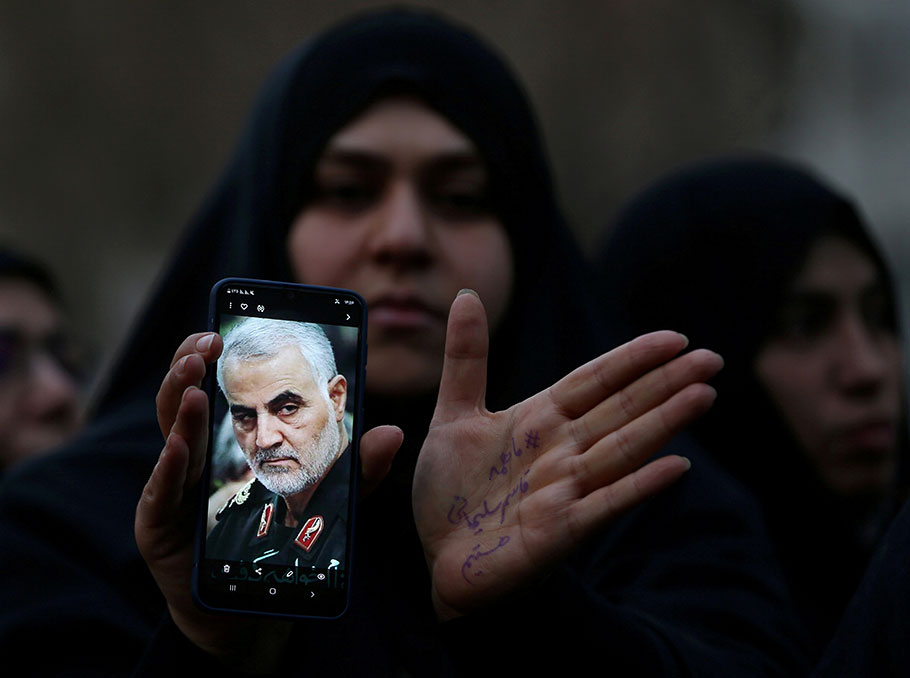
Information flows within separate cyber-sovereign enclaves,
supply chains are reoriented, and international trade is disrupted. Vulnerable developing
countries are caught in the middle with some on the verge of becoming failed states. Global
problems, notably climate change, are spottily addressed, if at all.
5. Tragedy and Mobilization
In Tragedy and Mobilization, a global coalition, led by the EU and China working with nongovernmental organizations and revitalized multilateral institutions, is implementing
far-reaching changes designed to address climate change, resource depletion, and poverty
following a global food catastrophe caused by climate events and environmental degradation.
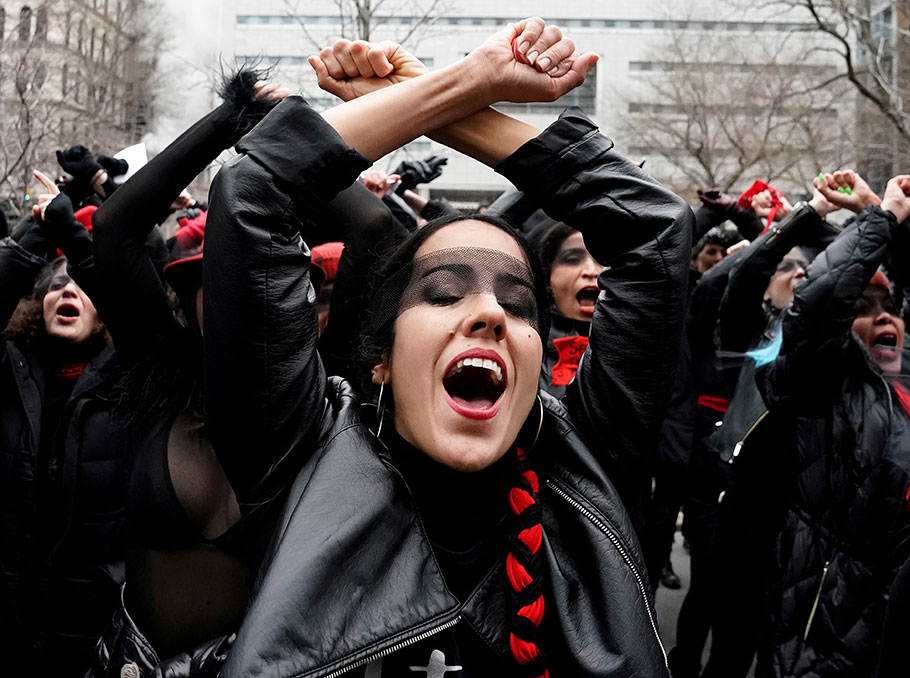
Photo: REUTERS
Richer countries shift to help poorer ones manage the crisis and then transition to low carbon economies through broad aid programs and transfers of advanced energy technologies, recognizing how rapidly these global challenges spread across borders.



















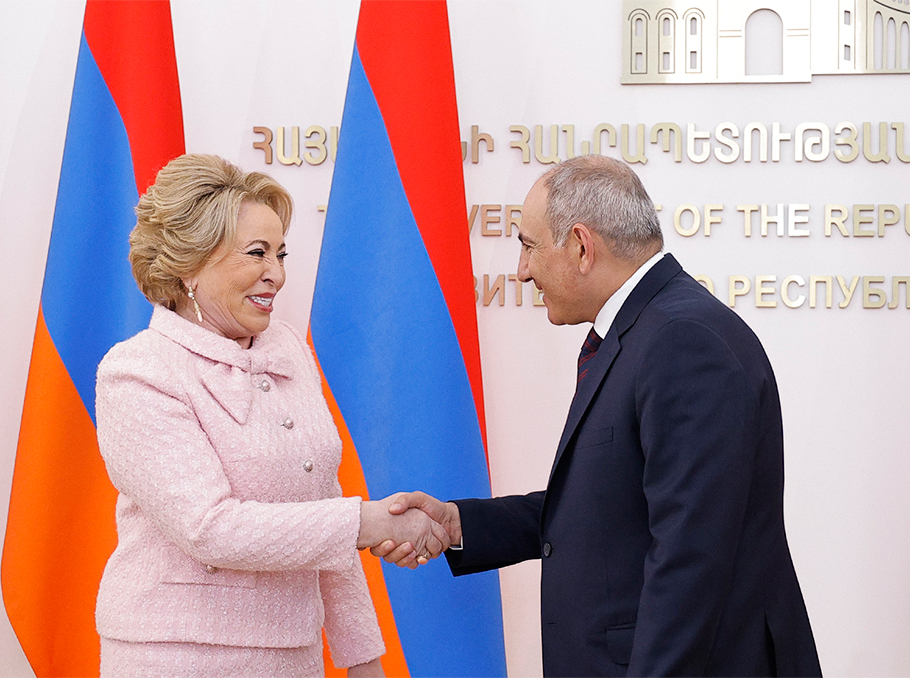








Comments
Dear visitors, You can place your opinion on the material using your Facebook account. Please, be polite and follow our simple rules: you are not allowed to make off - topic comments, place advertisements, use abusive and filthy language. The editorial staff reserves the right to moderate and delete comments in case of breach of the rules.